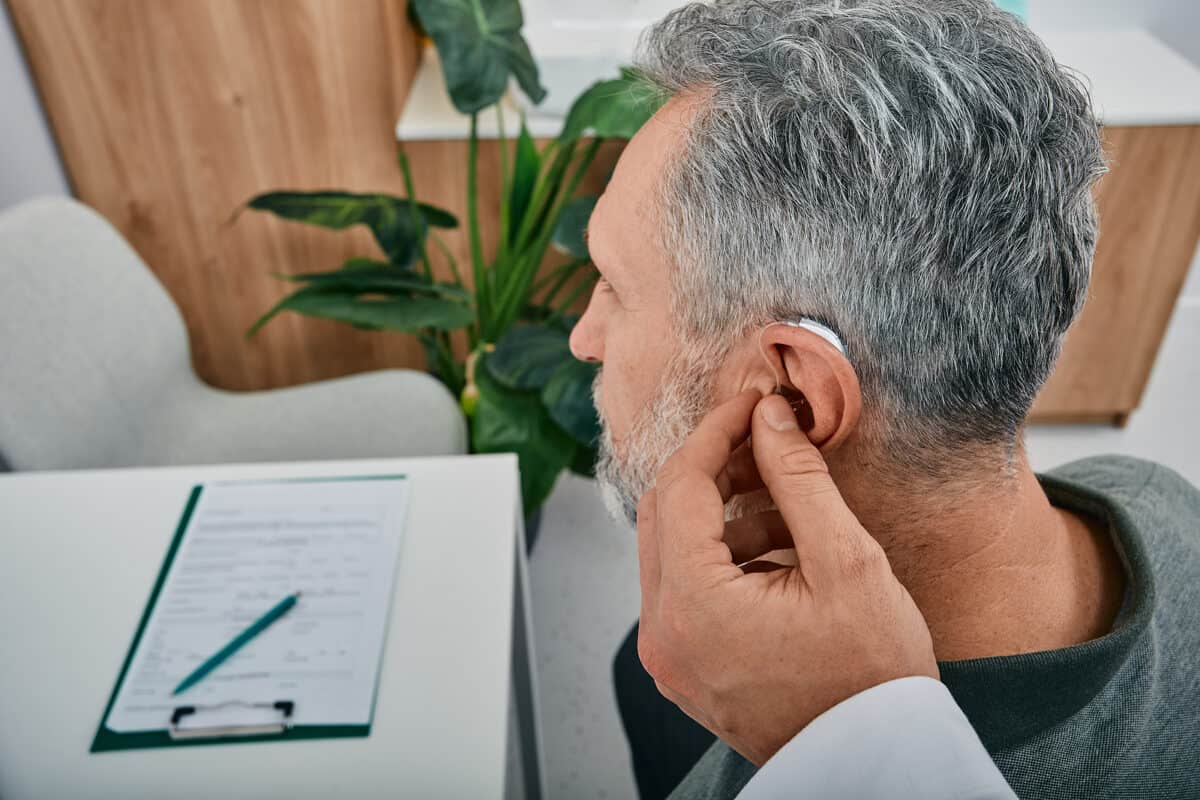Hearing aid technology has improved tremendously in recent years and is constantly being redesigned to fit more smoothly into our everyday lives. They have gotten more discrete, yet they still include elements that help us to hear better.
Here are some of the most creative hearing aid features available to you.
Direct Bluetooth connectivity
Bluetooth has been a part of the hearing aid industry for some time, but it was previously only feasible with a streamer. This gadget is a go-between for the Bluetooth device and your hearing aids.
Hearing aids with direct Bluetooth transmission have transformed the business in recent years. These ‘Made for iPhone’ and ‘Made for any phone’ hearing aids enable you to connect your cell phones to your hearing aids through Bluetooth, eliminating the need to carry a separate device.
You can use Bluetooth to link your phone to your hearing aids (regardless of model) and call friends or stream your favorite programs without having to remove your hearing aids.
Directional microphones
Background noise is one of the most challenging obstacles to hearing loss. It drowns out the noises you want to hear, such as the person sitting across from you at a restaurant. Directional microphones catch sound from one direction alone, allowing you to filter out the rest.
These microphones may also be switched to a different mode to take up sound from all directions. And you don’t even have to think about changing it; most gadgets will detect the ambient and switch automatically.
Artificial Intelligence
Unlike traditional hearing aids’ predictive-only approach to signal processing, Artificial Intelligence technology goes one step further. It examines if the current settings help the user hear better.
Although the application of artificial intelligence in hearing aids is still in its early stages, devices that use this cutting-edge technology have already been produced. Some versions use machine learning to adjust to the wearer’s preferences over time. After you’ve ‘educated’ your hearing aids, they will automatically adapt to your best settings.
User input and machine learning also contribute to the evolution of hearing aids, allowing them to grow more intelligent over time. The data you submit to the hearing aid is combined with data from other users across the globe, ultimately helping to improve the hearing experience for all wearers.
Health tracking
Features for monitoring one’s health, which were formerly deemed science fiction, are now a reality, and similar qualities are now being employed by hearing aids.
The Livio AI, which Starkey introduced recently, is the most outstanding example of hearing aid user activity tracking. It tracks components of a wearer’s health using sensors and artificial intelligence.
It tracks the number of steps taken, the wearer’s general mobility, the amount of time spent conversing, and the length of time they have worn their hearing aids. The idea is to encourage individuals to keep physically and socially active.
When the user falls, the hearing aid detects it. If this occurs, their emergency contacts will get a text alert.
Rechargeable lithium-ion batteries
Rechargeable hearing aid technology has been available on the market for some time. The introduction of lithium-ion rechargeable batteries, the same sort used in current smartphones, has changed the game entirely. Manufacturers may now use this technique to make rechargeable hearing aid batteries that can last a full day on a single charge.
Many individuals dislike having to replace the batteries in their hearing aids. Many elderly individuals suffer from manual dexterity, but today you can purchase rechargeable hearing aids and charge them the same way you would a phone. You’ll have a full day’s power the following day. This eliminates the need to open a battery container and change tiny discs, making charging your hearing aid considerably easier.


